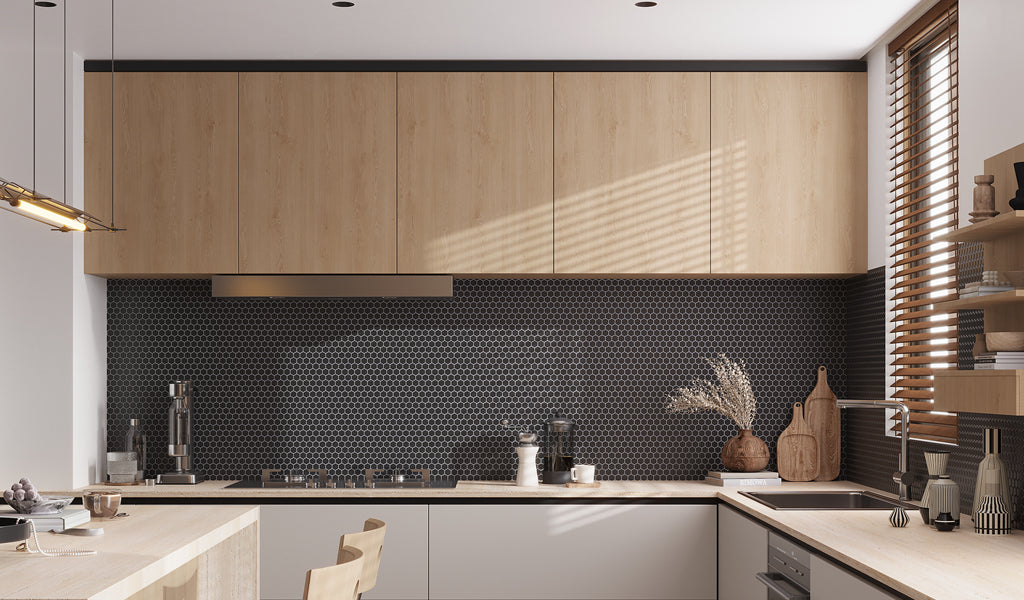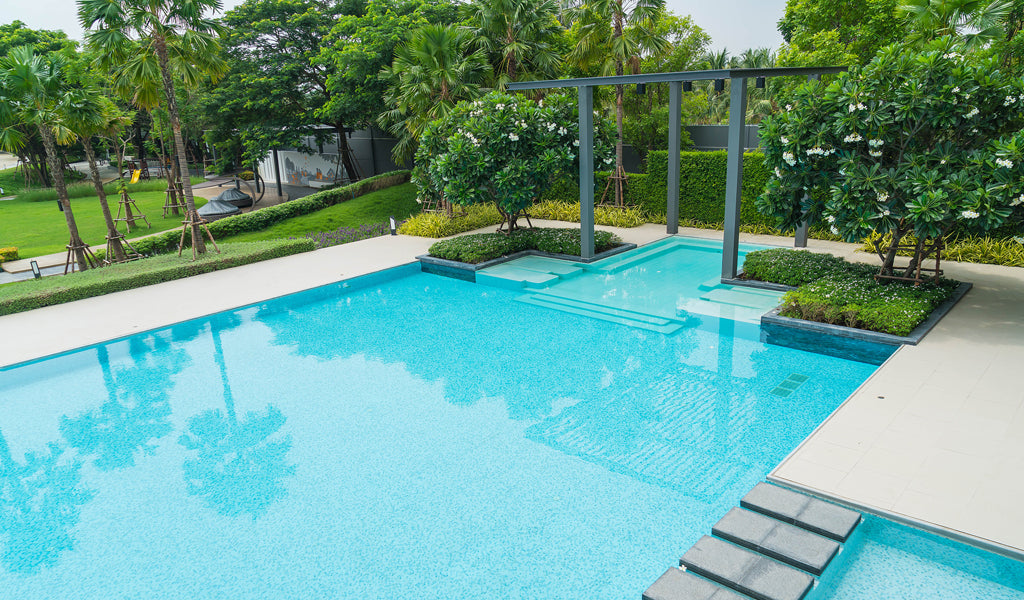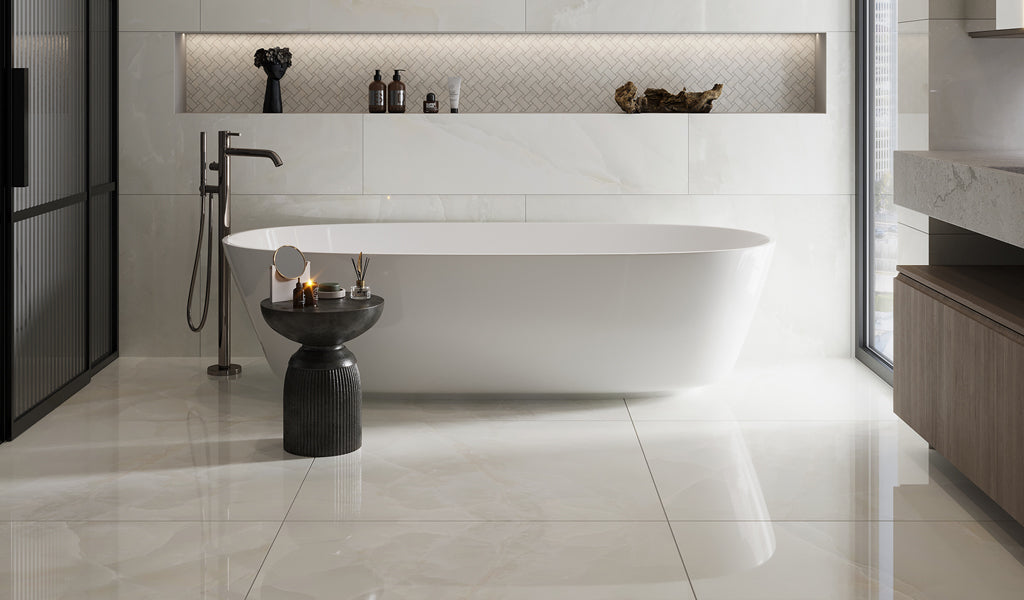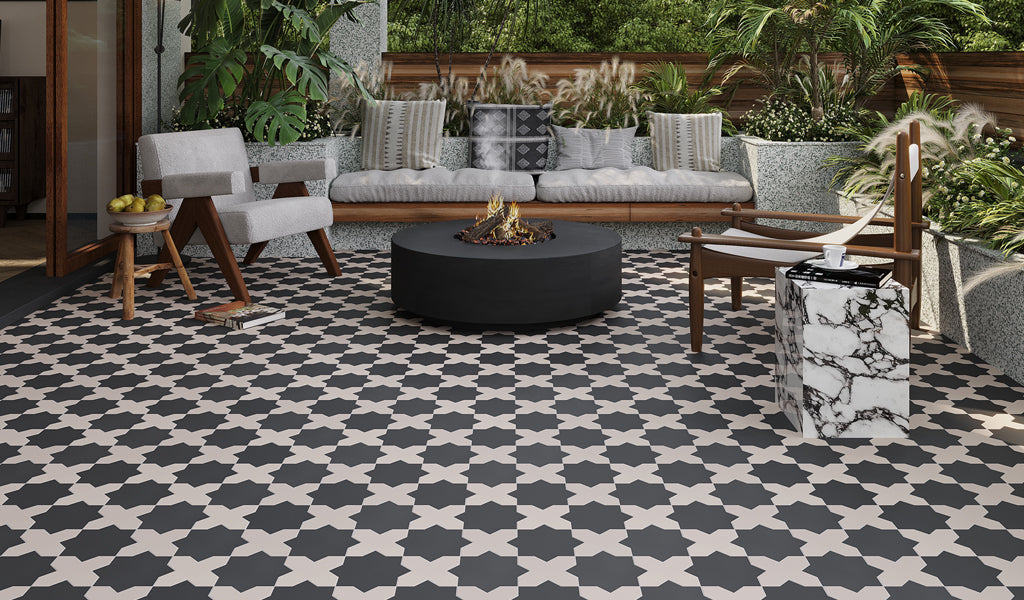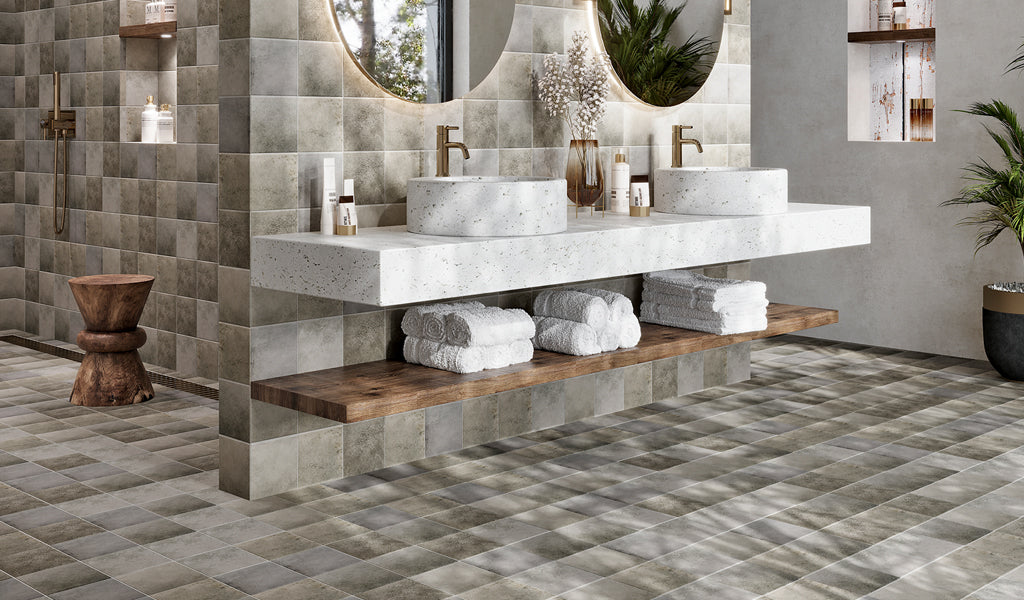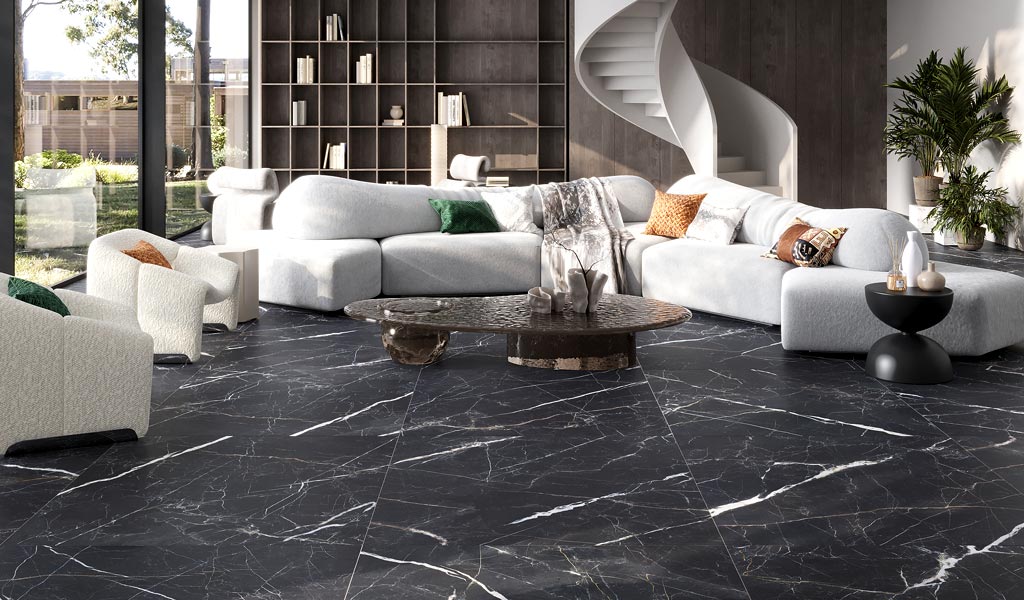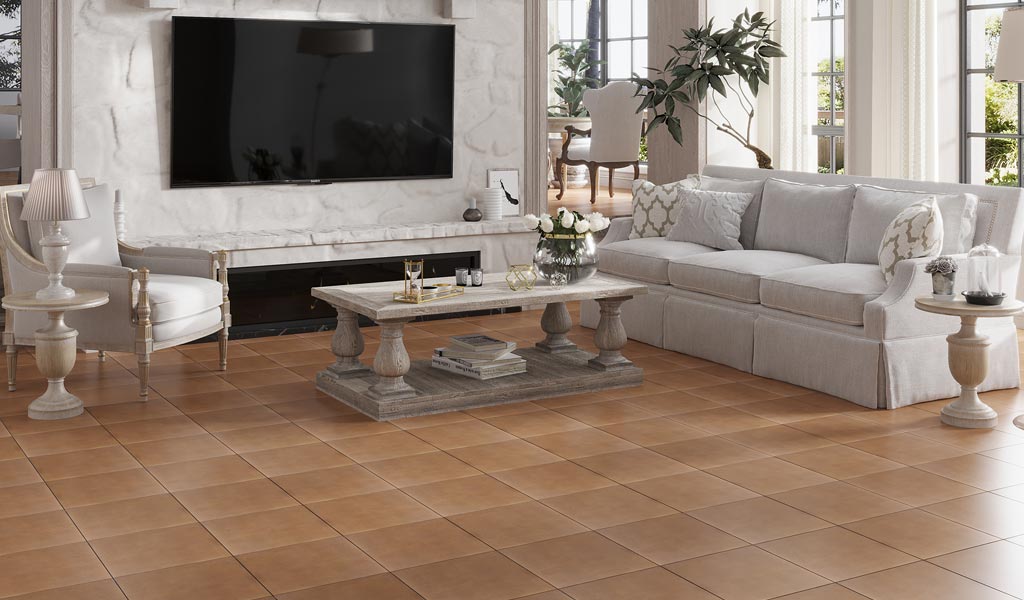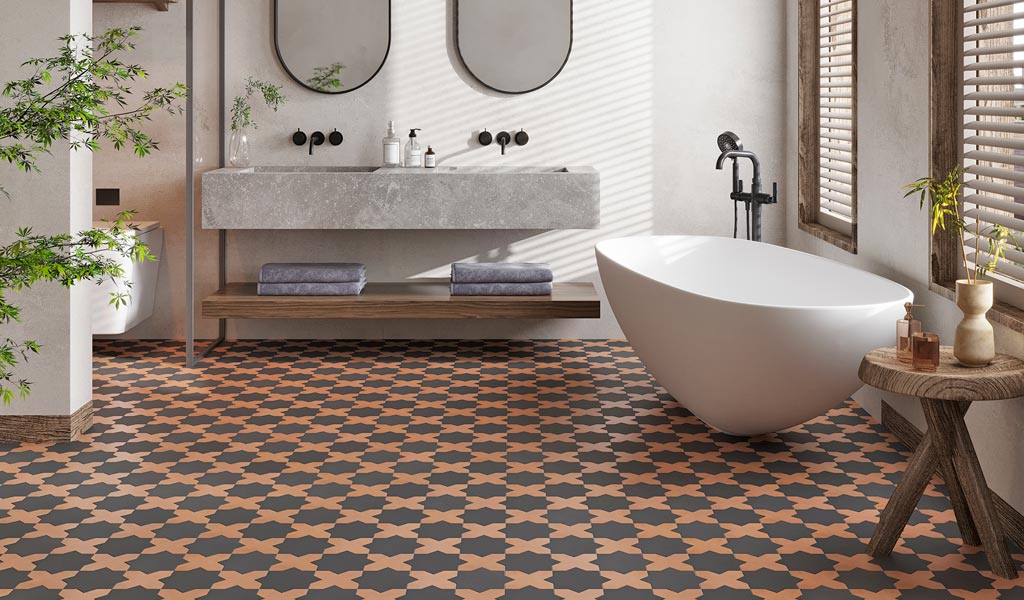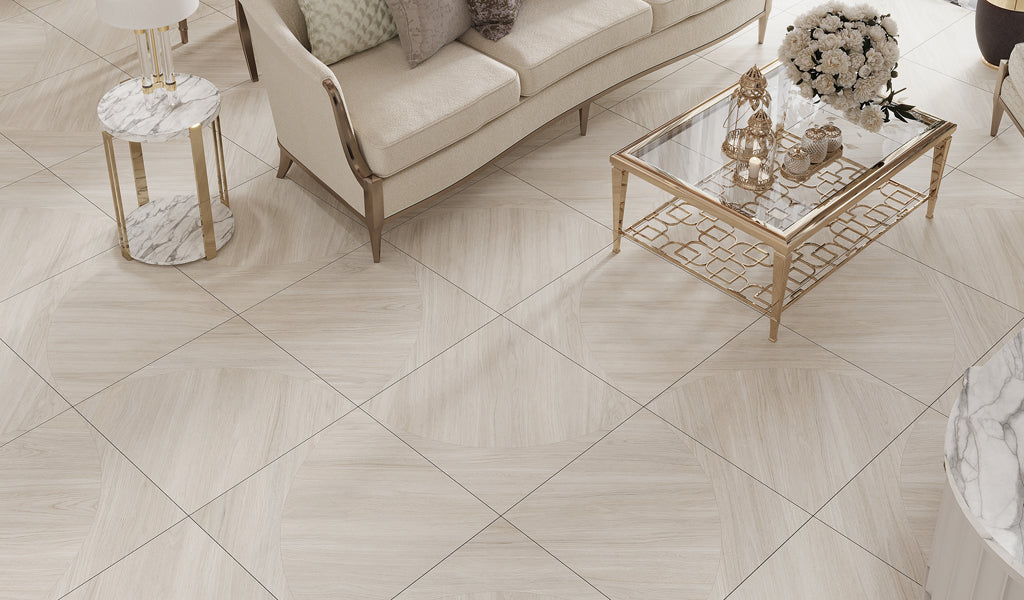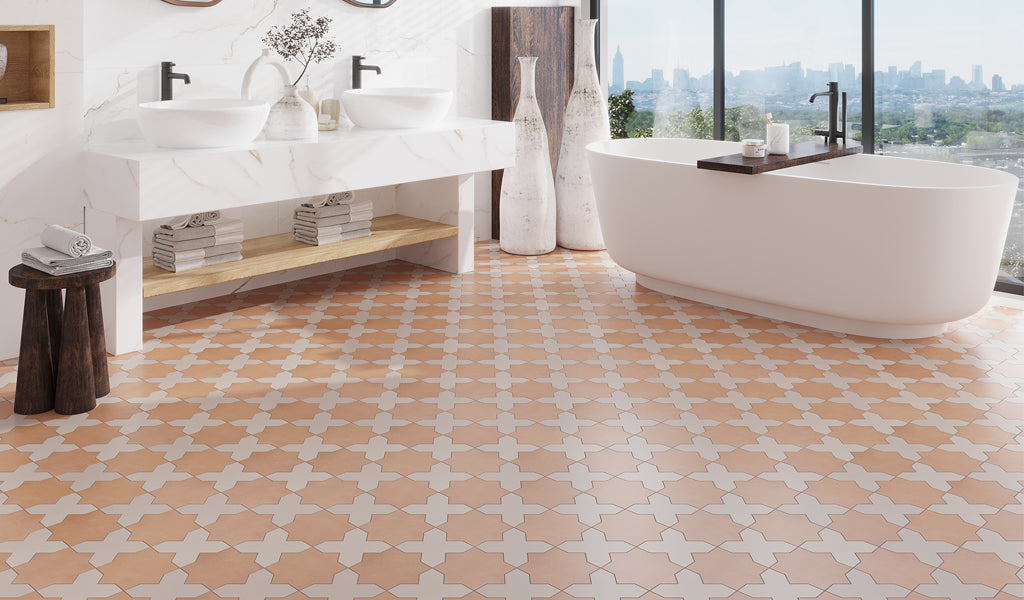Best Tile Edging Options to Define Your Design
Oct 25, 2024If you feel your walls or floors look blunt after you tile them, adding the best tile edging option can make a real difference. Define the beauty and durability of your project with our tile trim pieces that create a sleek, modern design.
The often asked question “how to finish tile edges” has now been answered with Apollo Tile's premium edge trim options that can amp up your installation, giving it a more polished and stylish look. You can attain both functionality and charm with our wide range of tile edges that stand out and make your space stunning. Tile trim is designed to conceal exposed corners and edges, giving your space a perfectly completed look.
5 Must-Know Tile Edging Options
Let your next makeover shine with the right tile edge solution from ApolloTile! As you finalize your tile installation, selecting the right trim is the key to achieving a professional look. We offer you a variety of classic edging alternatives to suit any style or material, ensuring that every corner, wall, or floor gets the perfect finishing touch. Here are the 5 must-know tile edging options to consider:
-
1. Pencil Tile Trim
Pencil tiles are sleek and curved pieces that provide depth to your installation. Add subtle beauty to your tiled walls with a pencil profile, and at the same time protect them from chipping and wearing out. Installing a pencil trim to marble, ceramic, or glass tile adds a slim, elegant detail, all while enhancing the value of your space.
This tile edging option helps to:
- create a clean, closing detail around niches or edges, or add a decorative border to a tiled wall or backsplash.
- provide a clear distinction between two different patterns or layouts.
- use between the shower floor and dry area to create a transition.
- craft a smooth transition that sets apart different tile styles and colors. For instance, pairing black and white tile.
-
2. Flatliner Tile Trim
Flatliner is a slim, leveled material similar to pencil trim. Unlike the rounded shape, this trim provides a flat minimalistic edge. Designs like the White 0.6-in W x 12-in L Glass Matte Pencil Liner Tile Trim are a fantastic option for finishing tile edges with an understated look. If you wish to install an edge tile trim that is flush with the tile's surface, you can use flat liner tile trims.
The smooth, straight lines are the key to achieving a contemporary aesthetic. Flatliners are used to:
- finish the top edges of backsplash tiles that do not extend to the ceiling
- cap off areas where the tile ends partway along the walls.
- Provide a smooth transition between two different tiles or from tile to non-tile material like wood.
Whether you’re working with glass, ceramic, or marble tile, flatliners will blend in perfectly with the overall look of your space. They’re easy to install and offer a refined finish that ties the entire room together, ensuring that no detail goes overlooked.
-
3. Bullnose Tile Trim
Bullnose tile trim has a half-rounded edge, resembling the rounded nose of a bull. This trim is ideal for edges or corners and can be used as a transition piece from tile to wall.
Our ceramic tile trim pieces measure 1”X8” and can be used to protect the edges of your bathroom walls, kitchen backsplash, living room accent wall, stairs, or fireplace surrounds. It's a go-to solution for residential and commercial projects. Bullnose tile trim can be used:
- to cover and protect exposed and sharp tile edges from moisture and wear.
- frame shower niches, round off window sills, finish tiled stairs, and add a decorative border.
- add a smooth transition where the floor meets the wall. They protect edges of kitchen and bathroom backsplashes, tiles in high-traffic areas like entryways, and living room walls.
-
4. Chair Rail
Tracing its origin to Ancient Rome and Greek architecture, chair rail tile trim is also referred to as dado rail. It was historically used to protect the walls from chair damage, but today, it’s used to give a decorative flair to the room.
It's thought of as similar to wainscoting, but they are two distinct styles of trim. Wainscoting is the wood paneling installed on the lower section of the walls in the dining, hallway, entryway, or living room areas. Chair rails wrap around the perimeter of the room.
Chair rail can be used to:
- add a decorative look to the walls.
- protect walls from being damaged by chairs.
- pair with panel molding or wall molding to add dimension to the room.
- outline the color, material, or shape of tile design
-
5. Baseboard Tile Trim
To create a substantial boundary between tile and wall, then baseboard tile trim is a great option. To give a durable finish in high-traffic areas, this tile trim piece is a great choice. Our White 4-in W x 12-in L Best quality Marble Polished Baseboard Tile Trim is a perfect example of how baseboard trim can add depth and dimension to your tilework. You can use this tile trim to:
- shield your walls from scuffs, dents, and other damages, especially in hallways and entryways.
- hide any gap or uneven edges and create a smooth transition between floor and wall.
- act as waterproofing in bathrooms by preventing water from seeping between a tiled floor and wall.
- add a decorative finish to walls or accentuate design themes and provide a more elaborate detail.
The Different Edging Materials
We offer tile edging options made from glass, marble, and ceramic to suit different project needs
- Ceramic Tile Trim Options: Being an ideal choice for indoor use, ceramic tile edges match with ceramic, porcelain, and marble tiles. Our ceramic tile edging options are cost-effective and available in a variety of colors and finishes for you to pick from.
- Marble Tile Trim Pieces: When you wish to add a luxurious finish, marble edging is a go-to option. Make your high-end space more refined with stunning designs of marble trims.
- Glass Edge Tile Trim: Glass tile trims are exquisite and versatile. Available in glossy and matte finishes, they can be used in most areas, including wet areas like bathrooms as they are resistant to moisture and stains.
Benefits of Finishing Tile Edges
Make an investment with the right tile edging options! They are more than just a decorative accent, they offer numerous practical advantages too. Benefits of edge tile trim includes:
- Enhanced Durability: Tile edges are susceptible to moisture damage, chipping, and wear. These drawbacks can be prevented by concealing the edges with a tile trim.
- Seamless Transition: Create a smooth transition from tile to wall, tile to floor, tile to hardwood or carpet, and other non-tile materials with an edge finishing solution.
- Professional Appearance: Add tile edge trims as a decorative accent to complement or contrast your installation. This step provides a professional and refined look to the scheme of things.
- Increased Design Flexibility: Whether you're aiming for a modern look or a classic vibe, you can use tile trim pieces to frame niches, backsplashes, or accent walls and upgrade the overall aesthetic of your space. Add clean and neat finish with tile trim pieces like bullnose or chair rail and bring long-lasting style to your tile project.
Conclusion
Are you looking to take your design project several notches up? Then choosing the ideal tile edging solution is a step in the right direction. Whether you prefer the sleek, modern profile of pencil tile trim or the elaborated detail of baseboard, there's an option that will enhance your tilework. Explore Apollo Tile’s wide range of premium tile trim options today, and give your next tiling project the professional detail it deserves!
Frequently Asked Questions:
1. What is a tile trim?
A tile trim is an edging piece or profile used to cover the raw edges of wall, floor, and backsplash tiles. It helps prevent moisture damage, chipping, and wear. Our tile trims are available in glass, marble, and ceramic.
2. Do I tile trim or install tile first?
Tile trims can be installed alongside tiles to ensure proper alignment. They can also be installed after tiling as the last step.
3. What is the best material for tile trim?
The best tile trim material depends on the project. Ceramic, marble, and glass trims are durable, stylish, and long-lasting.
4. Do all types of tiles require edge finishing?
Edge tiles are not required when working with glass tumbled stone or porcelain that has naturally-finished edges.
5. How do I determine the right trim for my project?
When selecting tile trims, consider the size and depth of the tile to be edged and choose a trim that's of the right proportion. This will help to attain a cohesive look. The selected trim should be approved for the intended area of use.
6. Should the edge trim match the installed tiles?
It isn't necessary for edge trim to match the tile but ensure it complements the tile color, texture, and finish to create a professional look.
7. Should the edging piece be flush with the tiles?
The tile trim pieces can be installed either flush or slightly raised from the tiled surface. When they sit flush, it ensures a more leveled finish. When raised, it gives a pronounced detail to the installation.
8. Do I grout the joints between the tile and edge trim?
Yes, grouting the joints between tile and tile edge trim is necessary to prevent moisture seepage and accumulation of dirt. Grouting brings the installation together and enhances durability.
9. How do I know how much trim to order?
First, measure the tile edges and divide the total number by the length of the trim. It is recommended to invest in 10-15% extra products for wastage and future repairs.
10 an I DIY tile edging or should I hire a professional?
Yes, finishing tile edges can be a DIY project, but complex designs may require hiring a professional.

